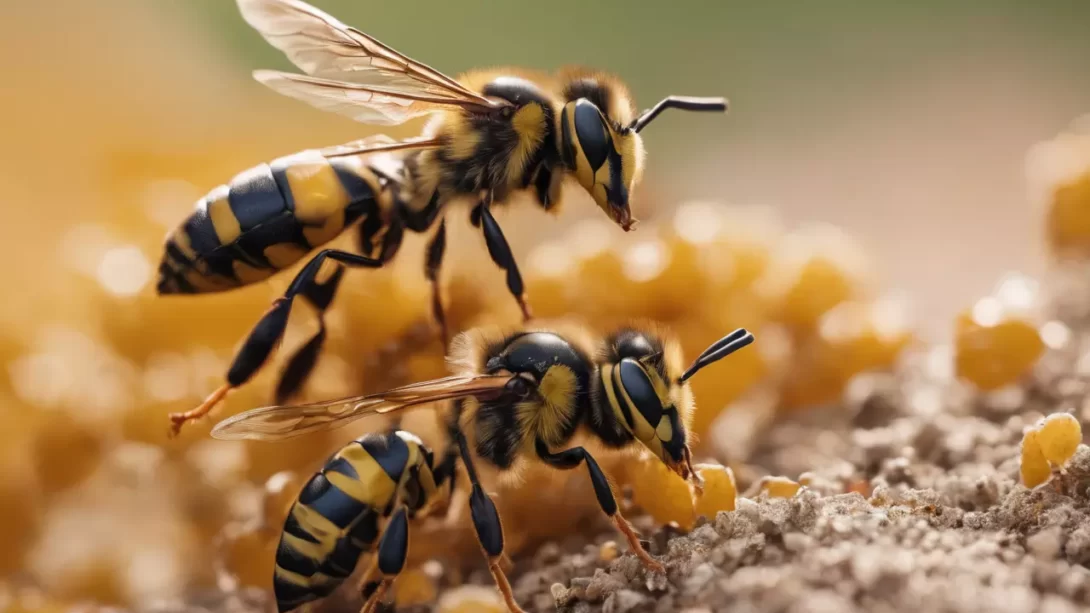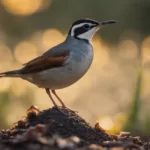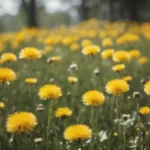Wasps, often seen buzzing around during warmer months, are a subject of fascination and apprehension. Understanding their life cycle, especially the developmental stages of baby wasps, can provide valuable insights into their behavior and role in the ecosystem. This article aims to shed light on what baby wasps look like and how they grow into adults.
The Wasp Life Cycle
The life cycle of a wasp is complex and comprises four main stages: egg, larva, pupa, and adult. Each stage is distinct in appearance and behavior. The cycle begins when a female wasp lays eggs, and ends with the emergence of adult wasps. This metamorphosis is a remarkable process and key to understanding wasp populations around homes and gardens.
Appearance and Development of Wasp Eggs
Wasp eggs are tiny and oval-shaped, usually laid individually in secluded areas or within the cells of a nest. Depending on the species, these eggs can be found in nests made of mud, in cavities in wood, or in paper-like structures. The incubation period of wasp eggs varies but typically lasts a few days to a week, after which the eggs hatch into the larval stage.
Larval Stage of Wasps
Upon hatching, wasp larvae resemble small, legless, white grubs or caterpillars. During this stage, they are entirely dependent on adult wasps for food. The larvae primarily feed on a protein-rich diet provided by adult wasps, which may include insects or nectar. This feeding is crucial for their development, as it’s during the larval stage that they grow and store energy for their eventual metamorphosis into pupae.
The Pupal Stage
After fully developing in the larval stage, wasps enter the pupal stage, a period of significant transformation. The pupal stage is akin to the cocoon stage in butterflies. During this time, the larvae encase themselves in a silken cocoon-like structure or in a protective cell within the nest. The appearance of wasp pupae can vary but generally, they are oval-shaped and may exhibit a slight coloration different from the white larvae, often a pale or creamy color.
Inside these protective enclosures, the wasp undergoes metamorphosis, a process where the larval body structure is broken down and reformed into an adult wasp. This stage can last several days to weeks, depending on environmental factors like temperature and humidity.
Emergence of Adult Wasps
The final stage of a wasp’s development is the emergence of the adult wasp from the pupal stage. When the metamorphosis is complete, the adult wasp chews its way out of the pupal case. Newly emerged adult wasps have fully developed wings, a segmented body with a clearly defined waist, and the characteristic wasp coloring, which varies among species but often includes patterns of black, yellow, or brown.
These adult wasps are initially soft and vulnerable but soon harden and become more robust. They are now capable of flight, feeding independently, and, in the case of females, reproducing to start the life cycle anew.
Variations Among Different Wasp Species
It’s important to note that the developmental stages of wasps can vary significantly among different species. For instance, the size and color of eggs, larvae, and pupae can differ. Some species may have more specialized requirements for pupation or exhibit unique behaviors during their life cycle. Understanding these variations is crucial for proper identification and management of wasp populations.
Importance of Understanding Wasp Development
Knowledge of wasp development stages is essential for effective pest control and ecological understanding. Recognizing these stages, especially in and around human habitats, can help in identifying and managing wasp nests. Early identification of a developing nest, for instance, can be crucial for deciding whether nest removal or relocation is necessary. Furthermore, understanding the wasp life cycle aids in appreciating their role in ecosystems, such as their contributions to pollination and controlling pest insect populations.
Tips on Wasp Nest Management
If you find a wasp nest, it’s important to assess the situation carefully. Small nests with minimal wasp activity might not pose a significant threat and can be left alone, especially if they are in an out-of-the-way location. However, larger nests or those in high-traffic areas may require professional removal. It’s generally not advisable to attempt to remove a wasp nest on your own, as this can provoke the wasps and lead to aggressive behavior.
Conclusion
Wasps, often misunderstood and feared, undergo a fascinating developmental process from egg to adult. Each stage – egg, larva, pupa, and adult – has distinct characteristics and plays a crucial role in the wasp’s life cycle. Recognizing these stages, especially in residential areas, can assist in making informed decisions regarding wasp management and nest removal. Moreover, an understanding of wasp development fosters a greater appreciation of these insects’ ecological role. While caution is advised in dealing with wasps, especially for those with allergies, coexisting with these creatures is often possible and beneficial, given their role in the environment.




